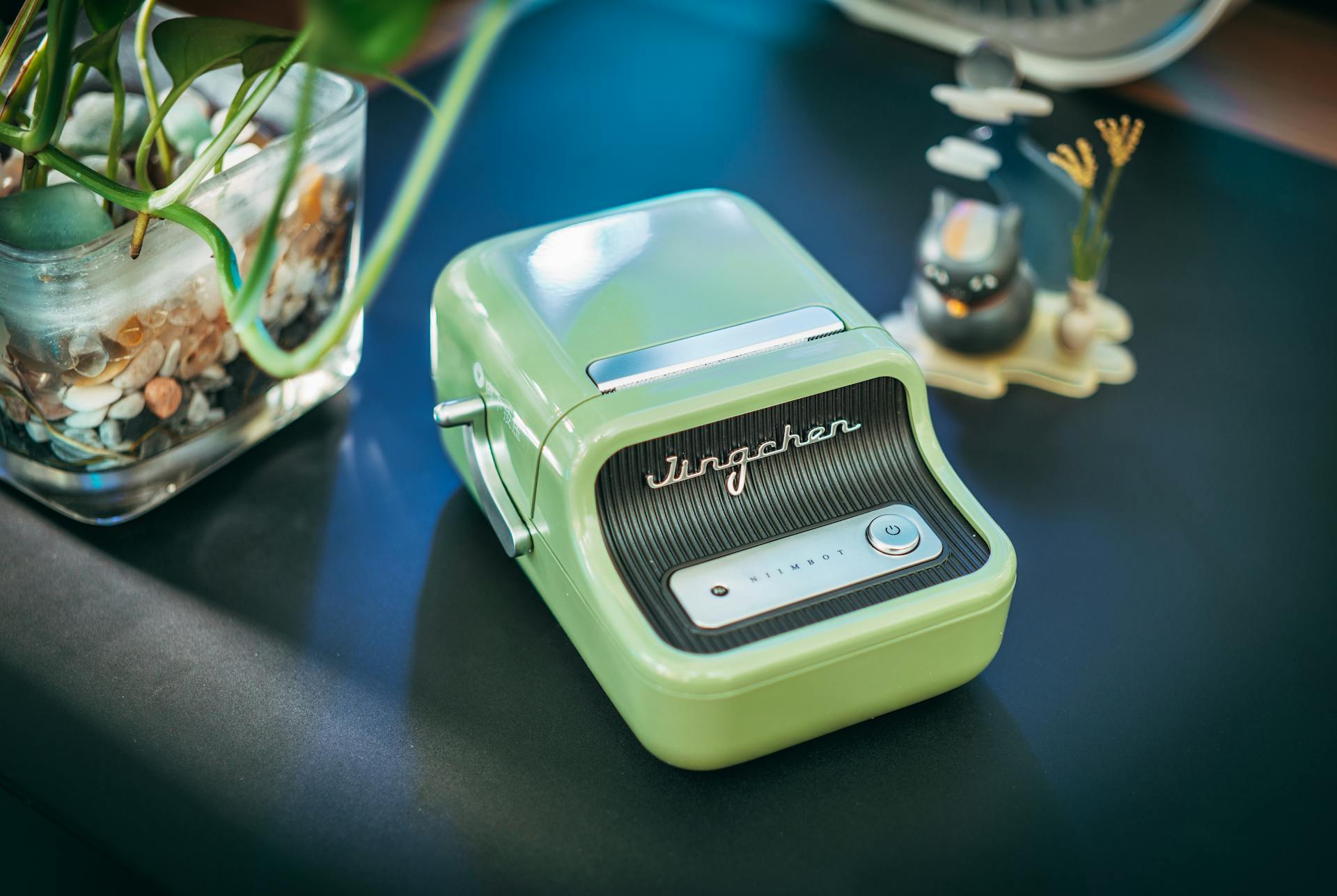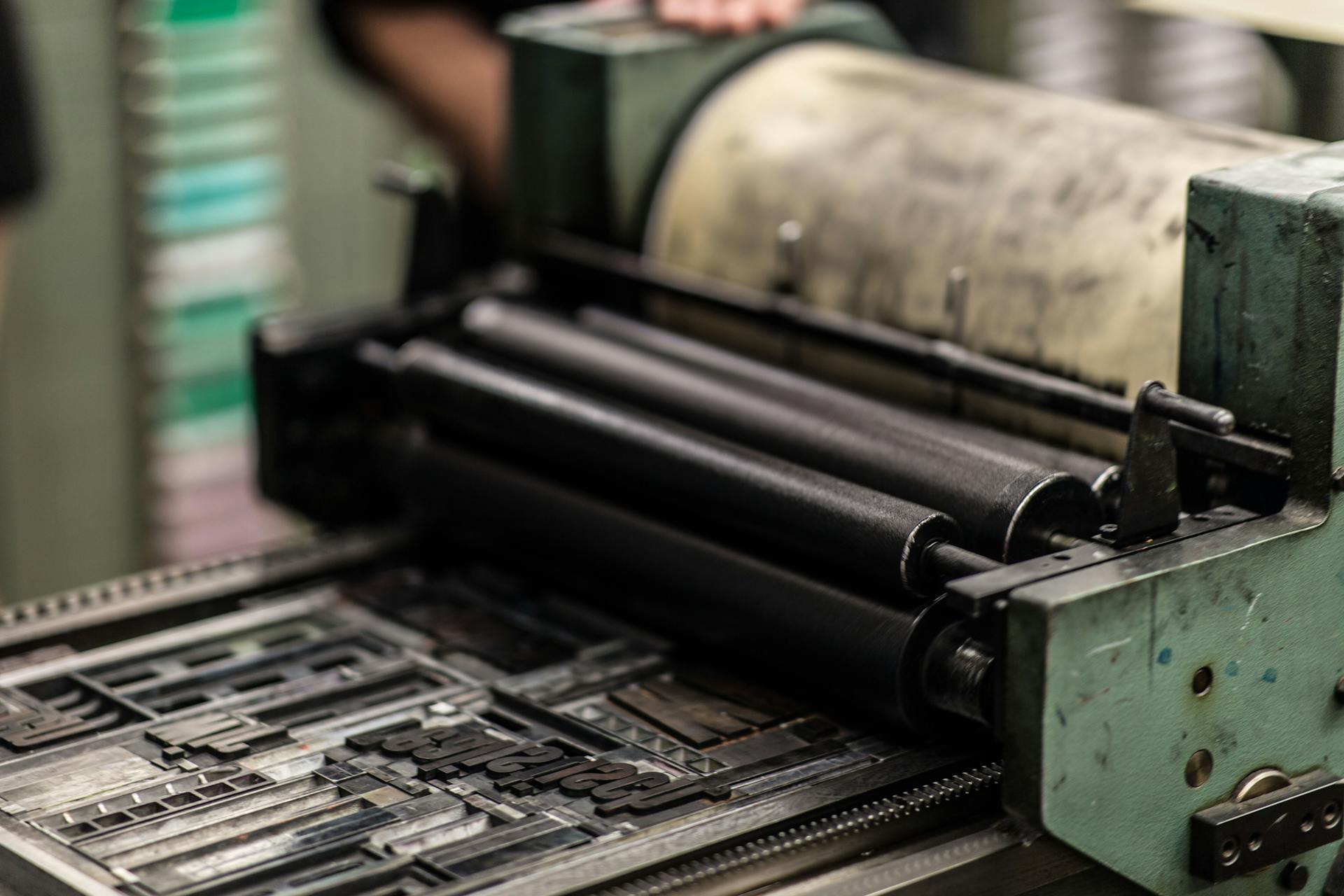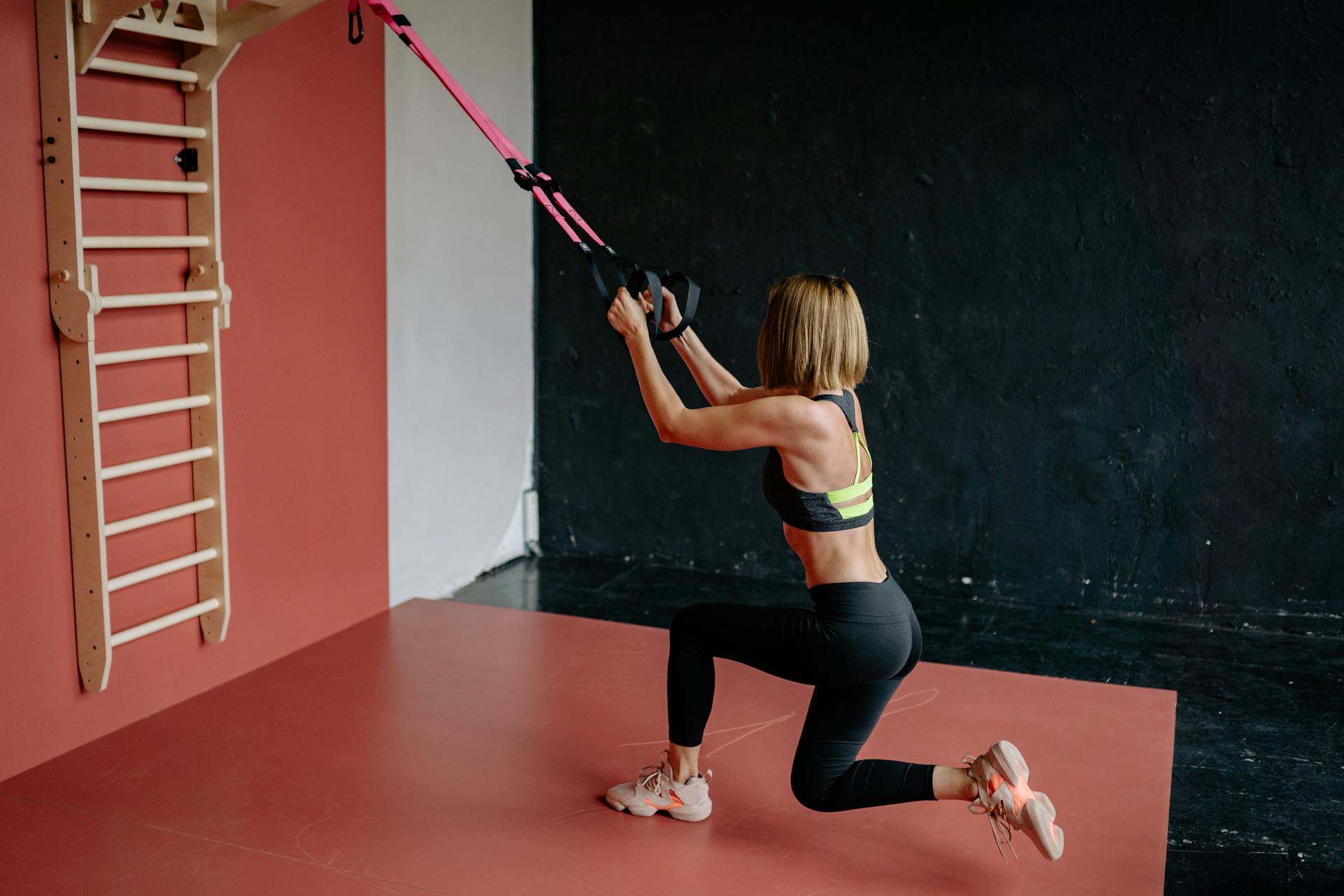
A strapping machine that's not working properly can be a real headache. The most common issue is a misaligned strap, which can be fixed by simply adjusting the strap tension.
If the machine is not feeding the strap properly, check the strap guide rollers, as they may be worn out or clogged with debris.
A jammed strap can be caused by a buildup of dust or debris in the machine's internal mechanisms. Regular cleaning can help prevent this issue.
To avoid strapping machine downtime, it's essential to perform regular maintenance, such as lubricating the machine's moving parts and checking for worn-out components.
Troubleshooting Common Issues
If the strapping machine is not applying straps correctly, check the tension settings and adjust as needed. Ensure the straps are feeding correctly through the machine.
Machine jamming can occur due to debris in the machine or improper strap alignment. Clean the machine thoroughly and realign the straps to resolve this issue. Inconsistent tension can be caused by worn-out components or incorrect settings.
Check if the strap can be pulled out of the right side door. If not, follow these steps to resolve the issue: StepRecommendation1Turn power OFF and open top cover.2Check if strap is jammed between press bar and front bar.3Slide LS1 plate towards rear of machine until the plate and separator come off.4Lift heater off the two screws and lift springs from press bar, front bar and rear bar post.5Wipe down bars and square holes, lubricate bars with light lubrication, and reinsert bars.6Reattach springs to post, put heater, LS1 plate and separator back on, ensuring LS1 arm is put in separator slot.
For your interest: Pallet Jack Front Wheels
Does Not

Check if the strapping machine is switched on. If it is, move on to the next step.
Check the fuse in the power supply cable. If it's blown, replace it with a new one.
Check the strapping machine fuse, often located next to the motor run timer. If it's blown, replace it with a new one.
Tension drive rollers may require replacement - see the service manual for more information.
Does Not Feed
Make sure the tension is not turned down too low. This can cause the strap to not feed properly.
Ensure the strap is loaded properly and is on top of the brake arm roller. If it's not, adjust it accordingly.
Check the length knob to ensure it's not turned all the way down. If it is, turn it up a notch.
If the strap still doesn't feed automatically, hand-feed it until it comes through and out the top door.
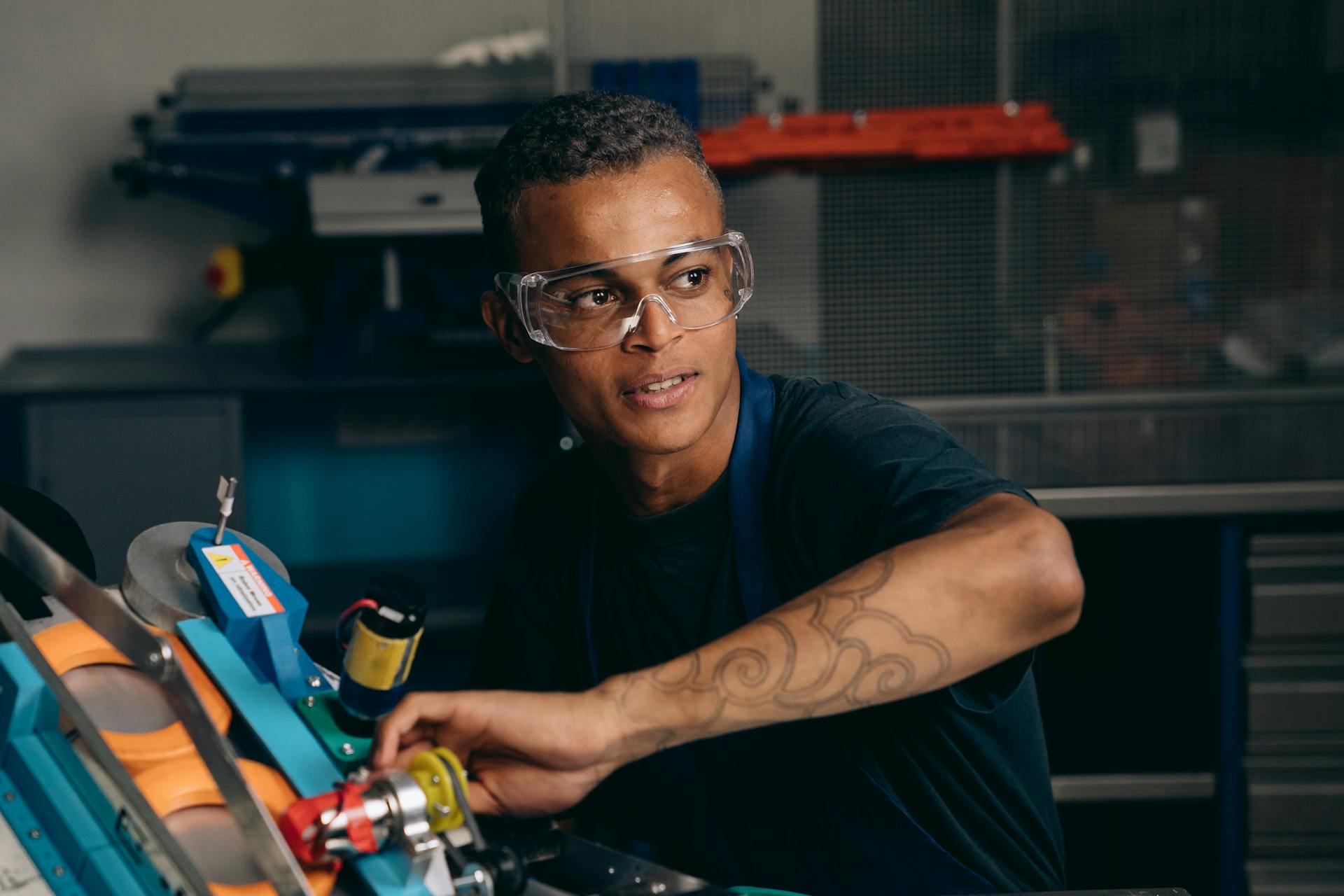
Does Not Seal
Check that the heater signal light is on. If it's not, check the heater fuse.
Test for circuit continuity across the heater blade terminals. If there's no continuity, the blade may be faulty.
Check the ambient temperature to ensure it hasn't changed significantly. If it has, adjust the heater blade temperature controller.
Inspect the heater blade for build up of melted strap residue. If you find any, remove it with fine emery cloth.
Check the alignment of the heater blade on its mounting bracket and the bracket on the reciprocating arm. If it's misaligned, adjust it accordingly.
Does Not Cut and Seal
Check if the round belt is on all three pulleys. If it's not, adjust it accordingly.
If the belt is on all three pulleys, try running the machine with the right door open. When the strap is pulled tight around the package, push down the lower pulley closest to the door. If it still doesn't cut and seal, the LS2 switch may be faulty.
Suggestion: Moving Belt Straps
Troubleshooting
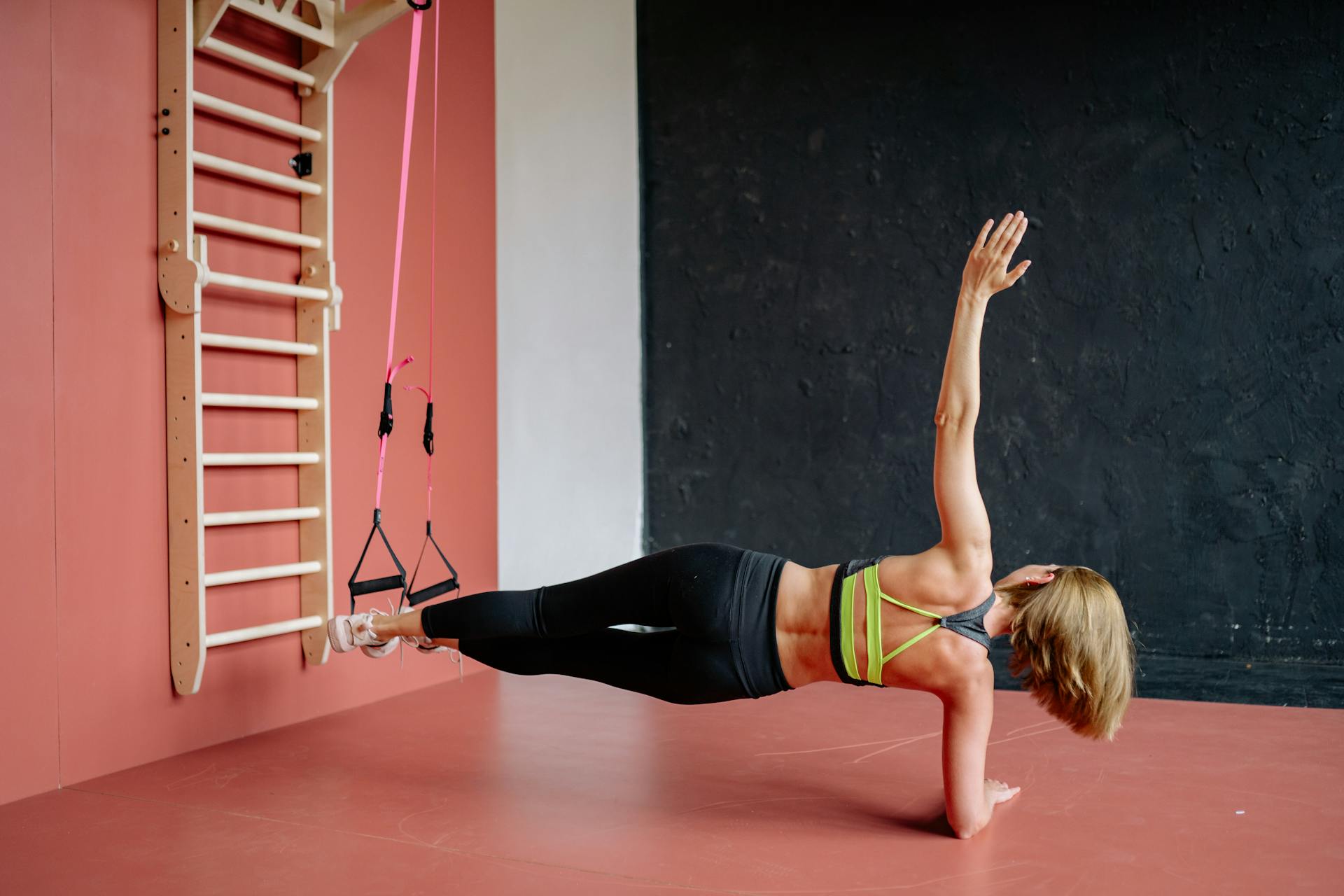
Troubleshooting common issues with your strapping machine can be a real challenge, but don't worry, we've got you covered.
First things first, make sure to check the tension settings and adjust as needed if your machine is not strapping properly. Ensure the straps are feeding correctly through the machine.
If you're experiencing jamming issues, it's likely due to debris in the machine or improper strap alignment. Clean the machine thoroughly and realign the straps to resolve this problem.
Inconsistent tension can be caused by worn-out components or incorrect settings. Inspect the tensioner and replace any worn parts. Adjust the tension settings to achieve consistency.
Here are some specific troubleshooting steps to help you resolve common issues:
If your machine is not releasing the strap after sealing it, it might be due to worn or broken springs in the gripper bars and central pressure block. Replacing these springs can resolve the issue.
If you're having trouble feeding the strap from the coilholder to the table top, check for blockages in the strap shute and adjust the strap width quadrant as needed.
Feeding and Tensioning
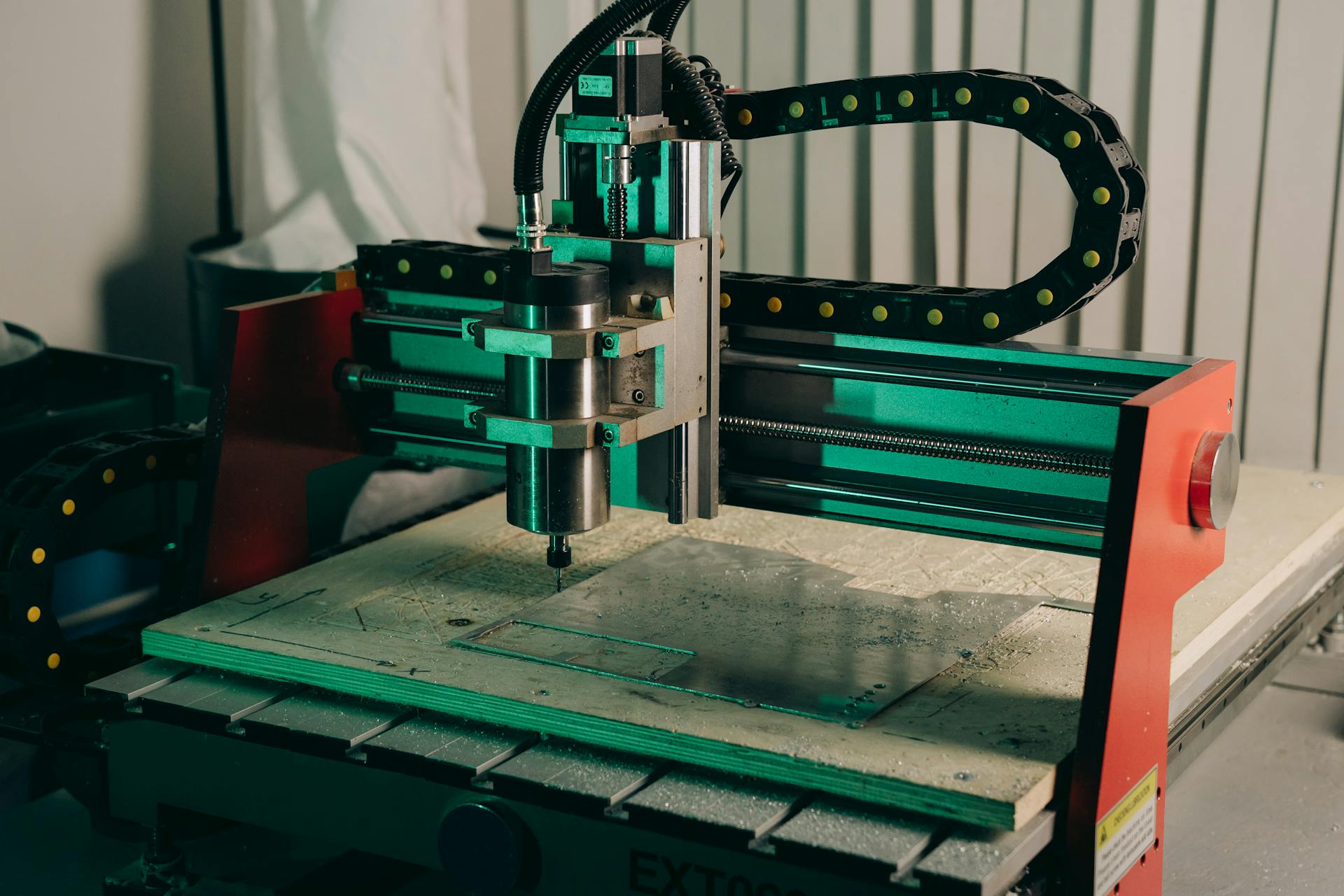
Feeding and tensioning are crucial aspects of a strapping machine's operation. Make sure the strap is streaming from the top of the coil, not the bottom.
To prevent blockages, check the strap shute for debris and clean it out if necessary. This can be done by loosening screws and removing the top half for access and inspection.
A blocked strap shute can be caused by misaligned straps, so adjust the moveable quadrant strap width adjuster to bring the straps into line. However, be careful not to make the strap width too tight, as this can cause fraying and further blockages.
If the strap appears to be jammed between the feed and tensioning rollers, pull it sharply downwards to free it. If this doesn't work, the assembly can be quickly taken apart to inspect and clean the area.
Here are some common causes of feeding and tensioning issues:
- Debris in the machine or improper strap alignment
- Worn-out components or incorrect tension settings
To resolve these issues, clean the machine thoroughly, realign the straps, inspect the tensioner, and replace any worn parts. Adjust the tension settings to achieve consistency.
Feeding Strap from Coilholder to Table Top Issues

Feeding strap from the coilholder to the table top can be a bit of a challenge, but don't worry, I've got some tips to help you out.
First, make sure the strap is streaming from the top of the coil, not from the bottom. This might seem obvious, but it's an easy mistake to make.
Check that the strap is threaded correctly through the brake arm and guide rollers. When you pull the strap, the brake arm should lift and allow the coil of strap to rotate.
If the brake arm lifts but the coil doesn't rotate, check that the strap isn't trapped between the side of the coil and the coil retaining disc.
If you're still having trouble, switch the strapping machine off and check the strap shute for blockages. You can easily do this by loosening the screws and removing the top half for access and inspection.
Here are some common issues to check for:
- Strap blockage between feed and tensioning rollers
- Strap blockage in the strap shute
- Front strap gripper in the raised position
If you find a blockage, try pulling the strap sharply downwards to free it. If that doesn't work, you can take apart the feeding/tensioning rollers for a closer look.
Remember to check the strap infeed guide and make sure the straps are feeding through all the guides and feed/tensioning rolls before they reach the sealing area of the machine.
Won't Tension?
If your strapping machine won't tension the strap, the first thing to check is the drive belts. Make sure they're intact and under tension.
Check the manual control tension knob to see if it's been turned to the anticlockwise position. This can be an easy fix if you catch it early.
Increasing the tension between the two tensioning rollers very slightly by turning the knurled wheel clockwise and securing with a locknut can also help. This is a simple adjustment that might resolve the issue.
If your strapping machine has an internal tension mechanism, turn the knob clockwise to increase the applied tension as per the external tension control. This can help get the machine strapping properly again.
Inconsistent tension can be caused by worn-out components or incorrect settings. Inspect the tensioner and replace any worn parts. Adjust the tension settings to achieve consistency.
Power and Functionality
A strapping machine's power source can be either electric or pneumatic, and it's essential to check the power cord or air supply for any signs of damage or wear.
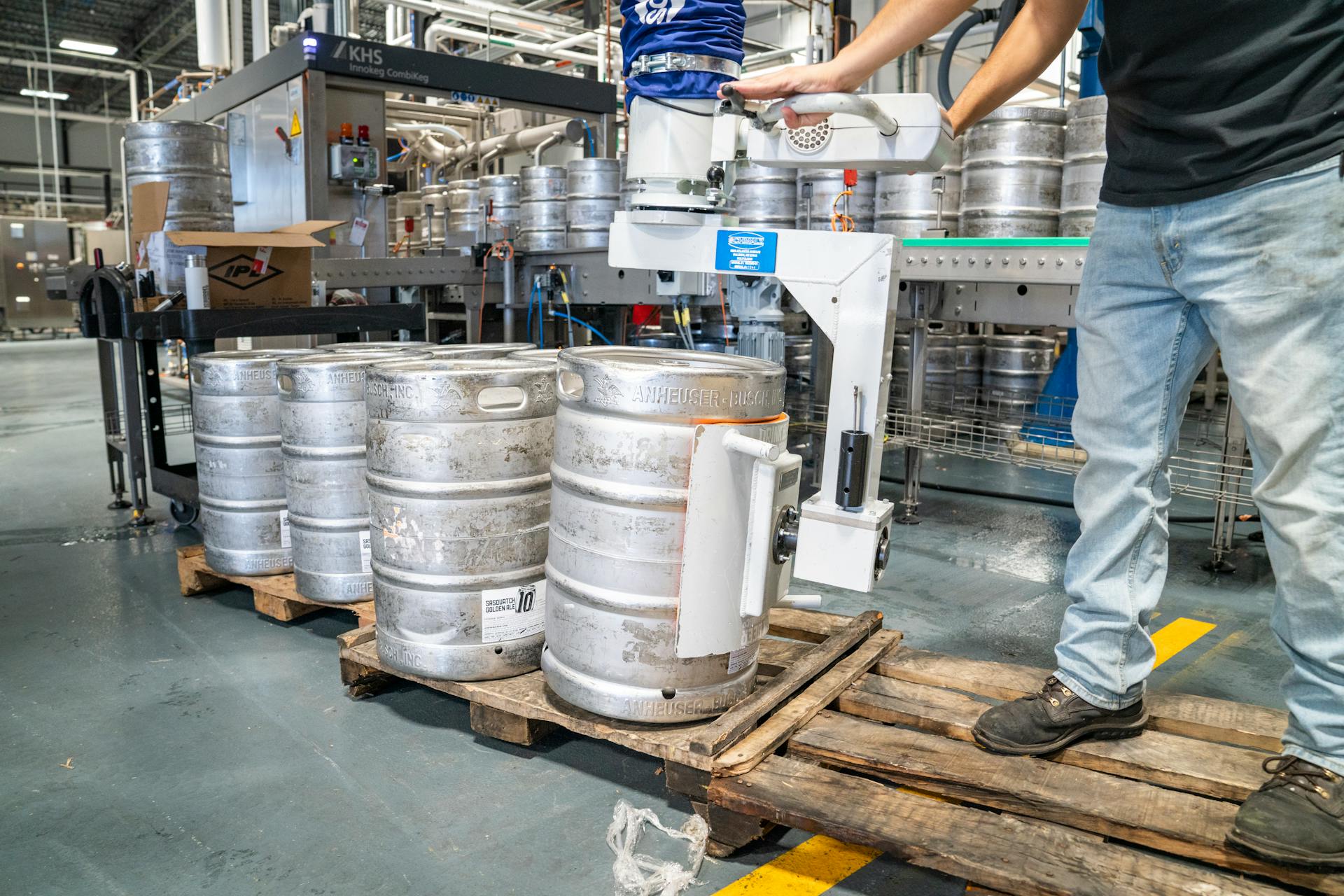
The strapping machine's functionality can be affected by a faulty sensor, which can prevent it from detecting the strap's position and tension.
A jammed strap or misaligned strap guides can cause the machine to malfunction, and it's crucial to inspect these components regularly.
The strapping machine's motor can overheat if it's overloaded or if the air supply is restricted, which can lead to a reduction in its lifespan.
The machine's pneumatic system requires regular maintenance to ensure it's functioning correctly, and a faulty air filter can cause the system to malfunction.
A malfunctioning strap rewind mechanism can cause the machine to jam or produce uneven straps, and it's essential to check this component regularly.
Maintenance and Repair
Regular maintenance is key to preventing unexpected breakdowns and ensuring consistent performance. Cleaning, lubricating moving parts, and inspecting components for wear and tear are essential maintenance tasks.
Daily checks should include cleaning and lubrication to prevent issues from arising. Regular maintenance helps extend the machine's lifespan and minimize downtime.
Weekly maintenance tasks are crucial for identifying potential issues early. Belt tension should be checked to prevent slippage and ensure accurate strapping.
Component inspection is also a weekly task, where critical components like the tensioner, sealer, and cutter should be inspected for signs of wear and replaced if necessary. Software updates should be applied to benefit from the latest features and improvements.
Sticking to a strict maintenance schedule is vital to extending the lifespan of your strapping machine. This includes regular maintenance, using high-quality straps, and proper training for operators.
Working Principle and Solutions
The working principle of an automatic strapping machine is quite fascinating. It involves a series of steps that are triggered by the main motor, which drives various components to perform the strapping process.
The machine has three cam pieces (A, B, C) that correspond to three induction switches, controlling the position of the electric heating unit and the overall movement of the binding process.
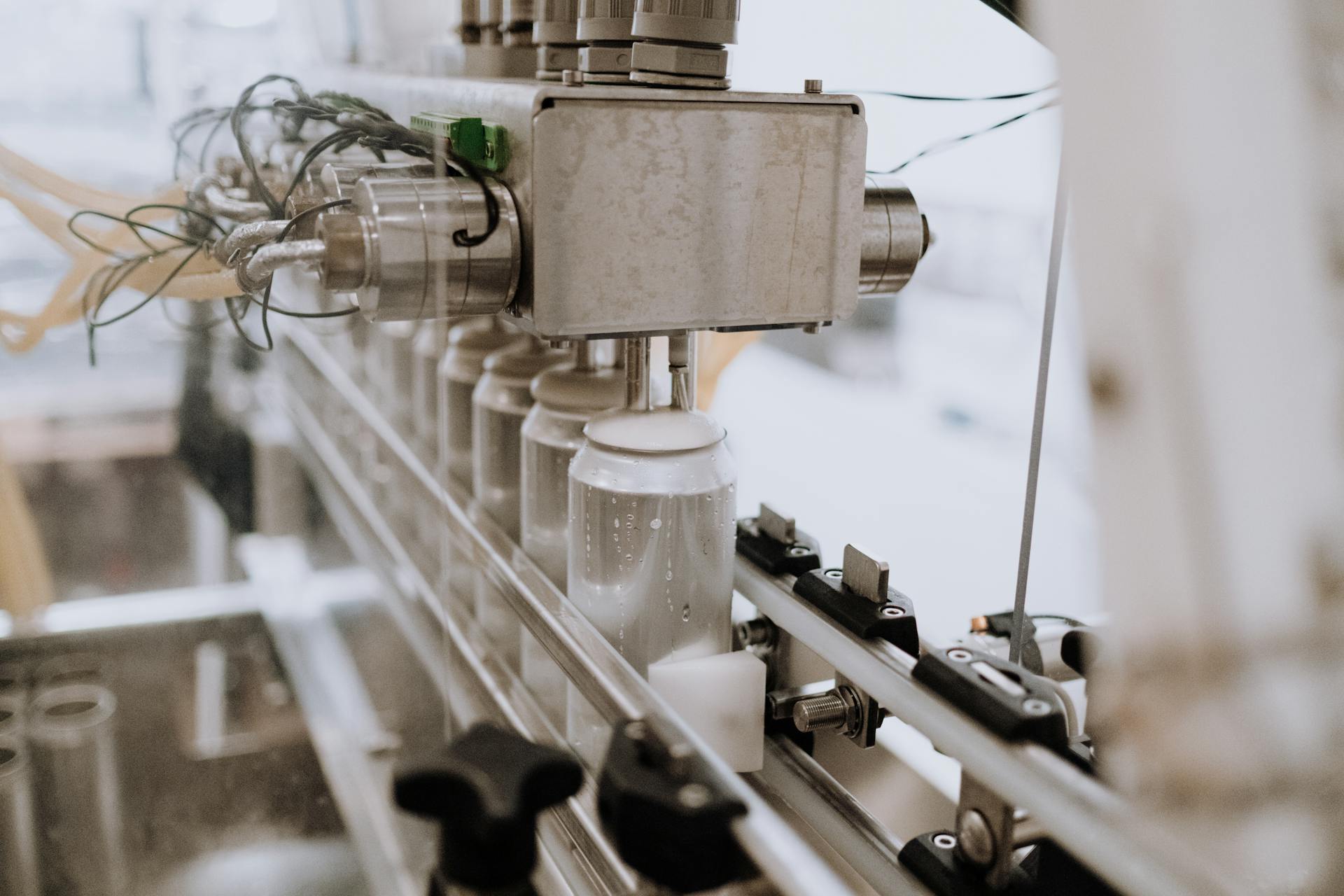
The limit switch B plays a crucial role in controlling the unwinding and second tightening of the shrinking arm during the strapping process. It does this by stopping the electric heating unit and initiating the tightening and unwinding of the strapping when the cam plate contacts the switch.
The upper top knife rises, causing the middle top knife to press against the strapping belt and cut it, while the belt guide device moves backward, fully opening the left belt tongue.
When the cam piece contacts the limit switch C, the forward and retreat belt motor starts, feeding the strapping belt into the belt path and bow frame.
The limit switch A controls the entire strapping process, stopping the main motor and engaging the electromagnetic clutch when the cam plate contacts it.
The machine has a belt storage box with a small balance bar that gets lifted when the belt is fed into the belt path, activating the induction switch at the base of the balance bar and starting the belt feed motor of the storage box.
Here are some common malfunctions and their corresponding solutions:
Sources
- https://www.pscl.co.uk/pages/semi-automatic-strapping-machine-fault-finder
- https://www.mastekpack.com/company-news/strapping-machines-maintenance-and-troubleshooting.html
- https://manuals.plus/uline/polypropylene-strapping-machine-troubleshooting-manual
- https://www.huaqiaopm.com/news/working-principle-faults-and-solutions-of-automatic-strapping-machine
- https://systemsw.wixsite.com/website/post/3-common-strapping-machine-issues-and-how-to-fix-them
Featured Images: pexels.com
